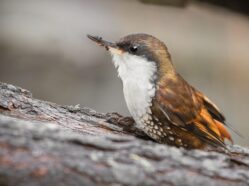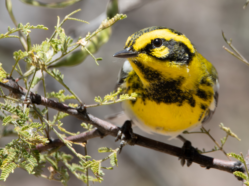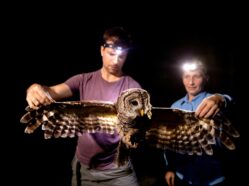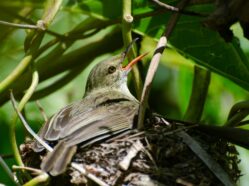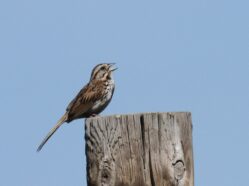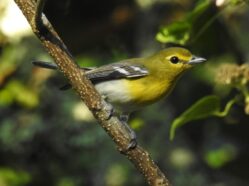Finding the artist in the artwork: repeatable individual differences in the nests of a North American songbird
To the world, this work may constitute just another research paper. For me, it represents my first real step into the world of science. More than two years ago as an undergraduate at Ohio Wesleyan University, I began a summer internship in Dr. Dustin Reichard’s lab to gain research experience with wild birds.

